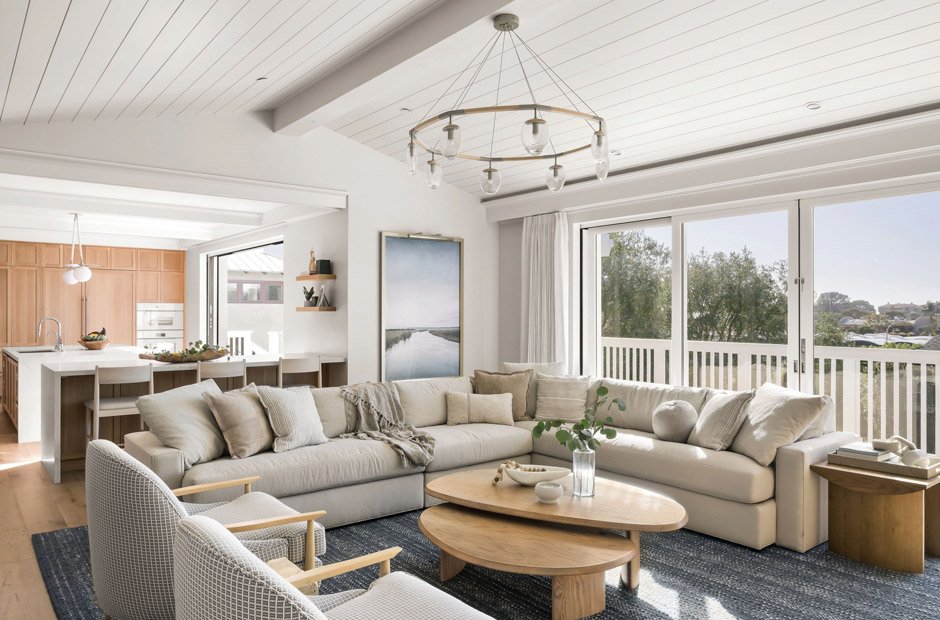When decorating a home, it’s easy to fall into common traps that can make a space feel cluttered, mismatched, or less inviting than intended. While everyone’s style is unique, there are a few recurring décor mistakes that often compromise the overall look and feel of a room. The good news is that with some thoughtful planning, these missteps can be avoided, creating interiors that are stylish, functional, and timeless.
Whether you’re selecting a statement piece of furniture or choosing subtle accents, details matter. For example, something as simple as selecting the right seating—such as extra high bar stools for your kitchen island—can dramatically impact both the visual balance and functionality of a space. Below, we’ll explore the most common décor mistakes and how you can steer clear of them.
Mistake 1: Ignoring Scale and Proportion
One of the biggest challenges in interior design is getting the scale right. Oversized furniture can overwhelm a small room, while pieces that are too small for the space can look lost and underwhelming. To avoid this, measure your rooms carefully before buying new items. Consider ceiling height, available floor space, and how much visual weight each piece carries. Choosing appropriately sized furniture ensures balance and flow, making your space both practical and aesthetically pleasing.
Mistake 2: Poor Lighting Choices
Lighting plays a critical role in shaping the mood and functionality of a room. Too often, homeowners rely on a single overhead fixture, leaving corners dark and the atmosphere flat. Instead, aim for a layered lighting plan. Combine ambient lighting with task lighting—such as desk or reading lamps—and accent lighting, like wall sconces or spotlights. This approach creates depth, warmth, and versatility, allowing you to adapt the room to different activities and moods.
Mistake 3: Neglecting Functionality for Style
It’s tempting to prioritise aesthetics over practicality, but décor should serve both. A stunning sofa that isn’t comfortable or a coffee table that constantly gets in the way can quickly lead to frustration. Always ask yourself: does this piece fit my lifestyle? For example, when choosing dining chairs or bar stools, comfort and height should be considered just as much as design. Practical pieces ensure your home looks great while remaining liveable.
Mistake 4: Overlooking Colour Balance
Colour can breathe life into a room, but too much or too little can throw off the entire design. Using only neutral tones may leave a space feeling bland, while an overload of bold colours can overwhelm the senses. The key is balance. Stick to a primary colour palette with complementary accents. Consider the 60-30-10 rule: 60% of the room in a dominant colour, 30% in a secondary colour, and 10% in an accent. This method creates harmony while still allowing room for personality.
Mistake 5: Pushing Furniture Against the Walls
Many homeowners think pushing furniture against the walls makes a room feel larger. In reality, this often leaves the centre of the room feeling empty and awkward. Instead, float furniture pieces slightly away from the walls, especially in living and dining areas. This creates defined conversation zones and a more welcoming flow throughout the space.
Mistake 6: Forgetting Personal Touches
A home should reflect the people who live in it – relying solely on showroom-inspired décor can make interiors look generic or impersonal. Incorporate meaningful items such as artwork, family photos, or travel souvenirs. These elements not only make a room feel unique but also add warmth and authenticity.
Mistake 7: Over-Accessorising
Accessories such as cushions, vases, and decorative objects bring character to a space, but it’s easy to go overboard. Too many can create clutter and distract from the overall design. Instead, edit your accessories and rotate them seasonally. A few carefully chosen items displayed thoughtfully can have far more impact than an overload of décor pieces.
How to Avoid These Mistakes
The best way to avoid common décor errors is by planning before purchasing or rearranging items. Create mood boards, take measurements, and think about how each piece will function day-to-day. Pay attention to lighting, balance colour thoughtfully, and mix personal touches with timeless design elements.
By steering clear of these pitfalls, you’ll not only achieve a polished look but also create a home that feels comfortable, functional, and authentically yours.



